Ritucharya Explained
March 23rd, 2007 | admin
The change in seasons affects human body in a large scale. Climatic changes can bring in certain diseases to humans. Rithu charyas (ritucharyas) are directed to keep man protected from diseases that can occur due to change in seasons.
Though the seasons explained in ritu charyas are not exactly the same in all geographic locations, one can form his own rithucharya based on climatic conditions existing at his place.
According to Ayurveda there are six different seasons (ritu or rithus). Sisira (Sisiram – winter) January-February, vasantha (vasantham, basanta, basantha -Spring) March-April, Greeshma (greeshma, grishma, grishmam – Summer) May-June, Varsha (varsham, barsha – rainy season) July-Aug, Sarath (sarat, sarata – Autumn) September-October and Hemant (hemanta, hemantam – dew) in November – December are the six ritus. However, not all six climates are experienced in India (and Kerala in special) today. The four main climates now experienced in India are sarath, hemant, greeshma and varsha. In Kerala, one can now only identify only three main climates – a prolonged rainy season, a short summer season, and a shorter autumn season. Now a days it rains in Kerala all year round – probably a symptom of climatic changes, a disease that affects bhumi or the earth.
Ritu charya for Sarath (Autumn)
During sarath rithu, pitta dosha becomes prominent. Hot so hot food items are advisable for this season. Never sleep in daytime. Honey, small pea, green vegetables, green berries, red-rice, etc form good food items for this season.
Ritu Charya for Hemantha (dew-snowy season)
Kapha dosha is prominent this season. Enable the body to fight the cold outside this season. Energy rich food items like milk and milk products, ghee, carbohydrate rich food items like rice, wheat, whole gram, etc.
Ritu Charya for Greeshma (Summer)
This season has vata as prominent dosha. Avoid heavy physical exertion this hot season. Drink lot of water, juice, butter milk, lemon juice, etc. Take bath in cold water. Include all possible seasonal fruits in your daily diet – jack fruit, tomato, banana, water melon, cucumber, etc. Wear cotton clothes.
Ritu Charya for Varsha (rainy season)
This is the season when humans are most prone to diseases. Thippali (piper longum or Indian long pepper), honey, dried ginger, honey, ghee, etc shall be used with grains – rice, wheat etc. Eat lot of carbohydrate rich food and drink water that is cooled after boiling. Avoid day-sleep and physical exertion. Expect some kind of digestive problems during this rithu.
Sarath and vasantha ritus are pleasant seasons with hot days and cold nights. Hemant also doesnÂ’t irritate any of the tridoshas.
It is uttarayana kala (north travelling time) during the first six months of the year. That is the sun travels over the northern hemisphere. This months are collectively called ‘adaala kalam’, which means something that sucks away energy. General body condition will be weak during this season. Avoid food items with bitter or hot tastes and include sweet tasting, sour, salty food items in your diet. Orange, banana, grapes, pineapple, jackfruit, etc are good fruit items that one can include in his diet.
July to December and up to January is dakshinayana kalam (the sun travels over the southern hemisphere). Body is better equipped during this season. One can include sweet, sour, salty food items in his/her diet.
These are all the directions by ancient Ayurveda acharyas. At first you may feel these directions are not viable. On a closer look, you can find adjusting food and clothing according to seasons ensures smoothing mingling with nature, the natural route to better health.




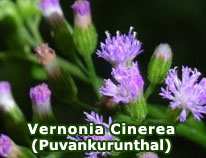
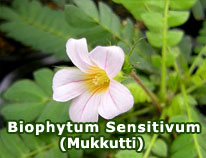
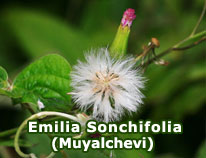
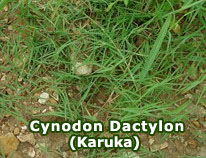
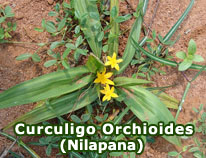
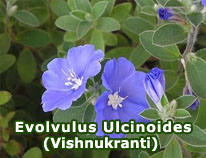
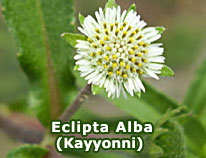
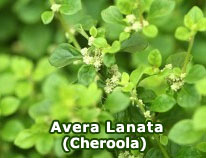
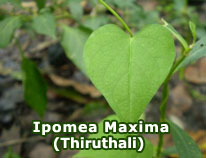
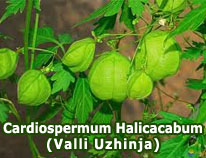
 Loading ...
Loading ...





